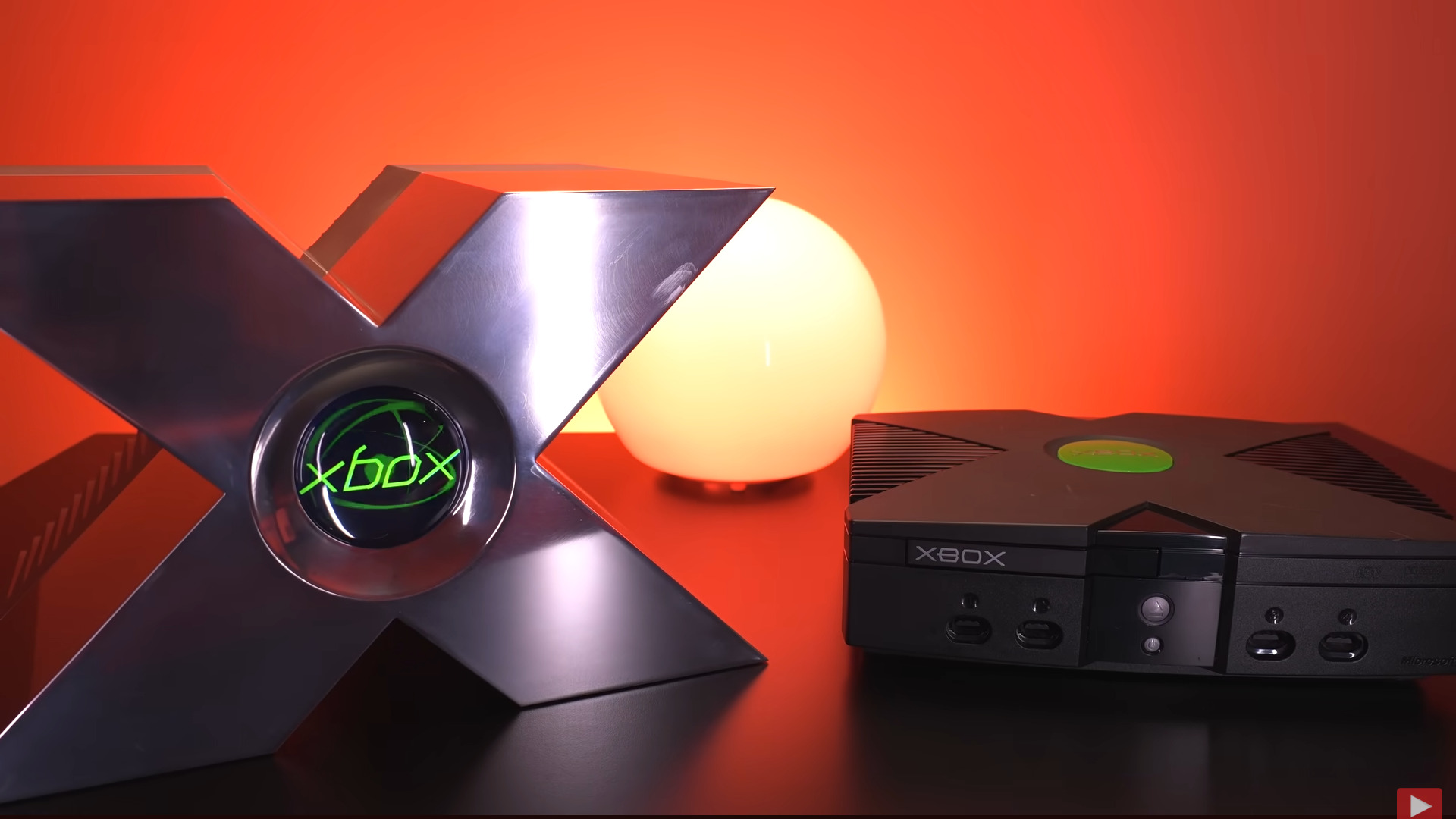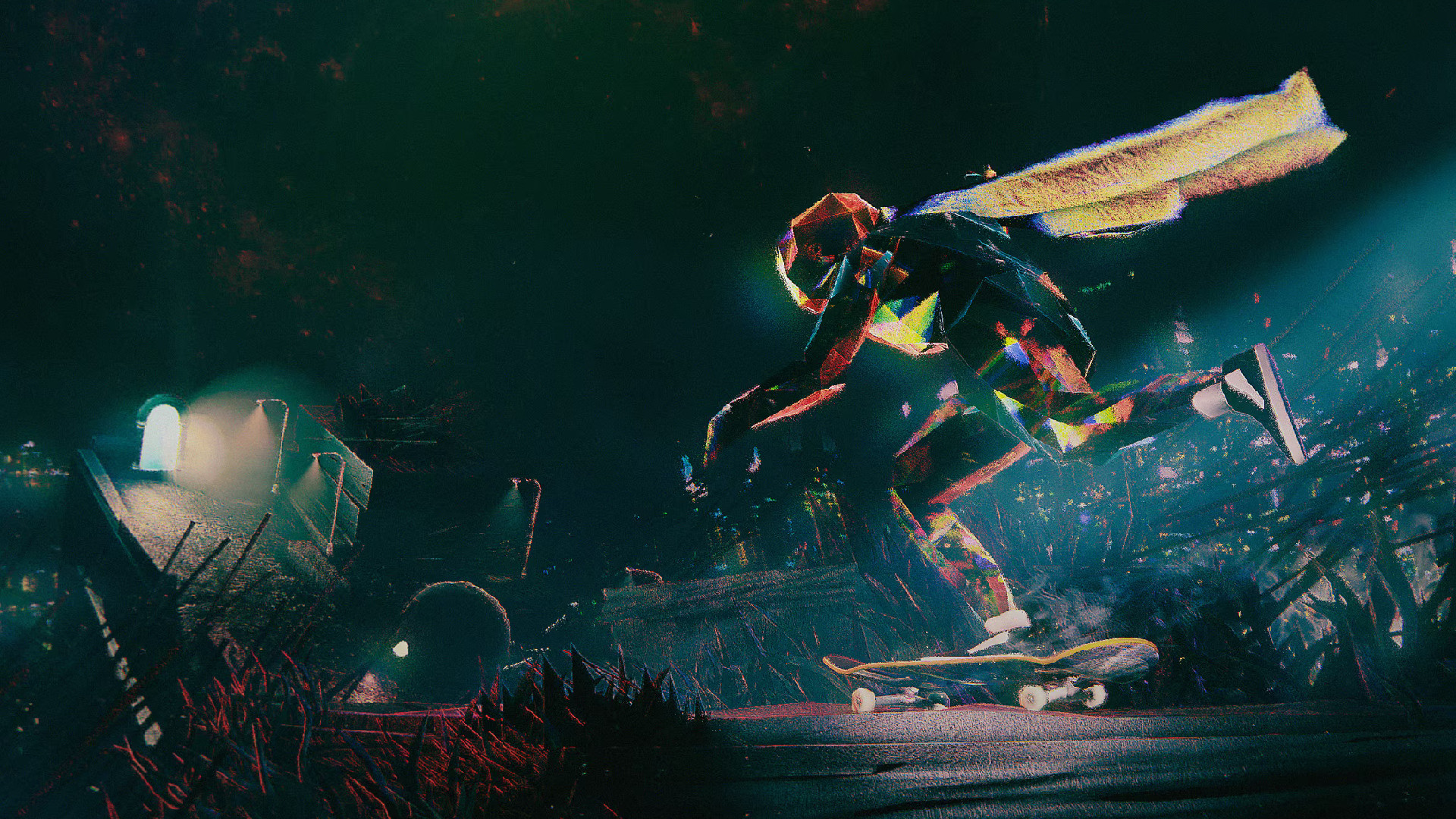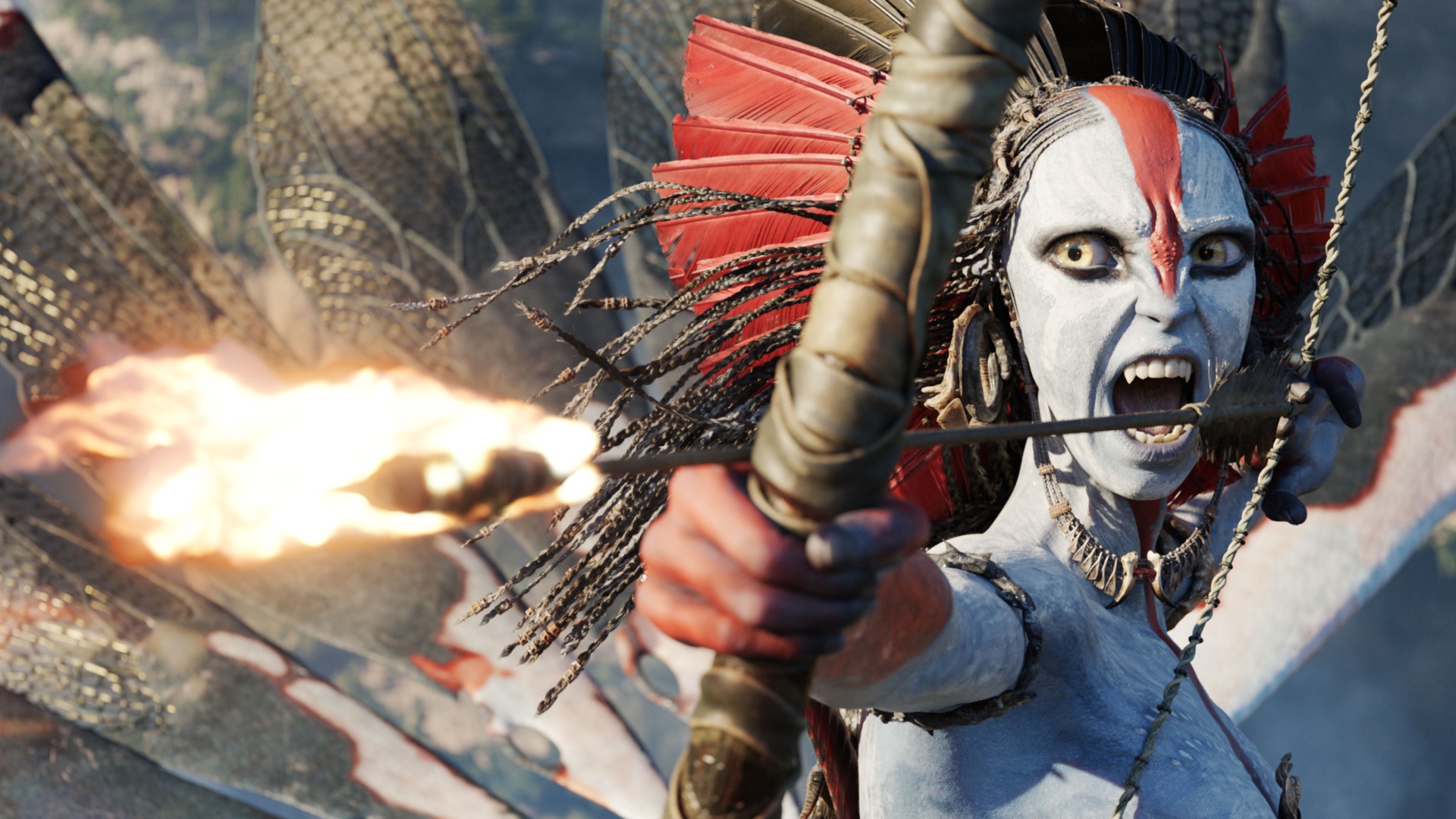25 years later, the original $36,000 Xbox prototype that was shaped like an actual X has been rebuilt, and it's fully functioning
This may be the coolest thing I've ever seen

Back in March 2000, Bill Gates took the stage at that year's Game Developers Conference and unveiled the first-ever Xbox prototype. It was not shaped like a box, but instead the letter X, designed to demonstrate the third millennium power of Direct X, a modified version of which powers the original Xbox.
Anyway, it was glorious, and still is, but it cost Microsoft $18,000 (roughly $36,000 today) to cut from a solid block of aluminum, and so naturally they opted for a much more affordable and box-shaped ABS plastic case for the retail version of the console.
Still, for 25 years, the most diehard Xbox fans have dreamt of playing Halo on that huge metal X, and now one extremely dedicated person has the ability to do exactly that. Tito from Macho Nacho Productions, with sponsorship from circuit board manufacturer PCBWay, took on the incredibly daunting task of recreating that iconic Xbox prototype to its exact specifications, and somehow he was successful in not only that, but also making it much cheaper and adding in a few modern quality of life improvements.
If you want to just skip to the end result, you can skip to about 39:00 in the above video, but if you have the time the full thing is worth a watch. Macho Nacho figured out the precise dimensions of the actual prototype by acquiring pictures and videos of where one stands on display in the Microsoft Experience Center in New York City. From there, Tito and his 3D modeling friend Wesk were able to use fancy tools, including something called Gaussian splatting, to determine the exact or near-exact dimensions.
From there, Tito used a 3D model quickly drawn up by Wesk to order a custom-cut aluminum shell with a media-blasted finish designed to mimic the real prototype's rough matte shine. The shell looks indecipherable from the original, and it only cost a comparatively affordable $5622.66, although that's without all of the components that need to go inside.
Fixtures were attached to the interior of the console to secure original manufacturer Xbox components like the motherboard, DVD drive, controller ports, and power supply, and then brackets were 3D-printed to affix the components to the fixtures inside the console.
Finally, the pivotal but functionally useless cherry on top: the animated Xbox logo. That was achieved using a Raspberry Pi Pico, which was programmed to play the animation instantly when booted up and remain on a loop until it's powered off.
Weekly digests, tales from the communities you love, and more
Honestly, the finished product is one of the most beautiful gaming rigs I've ever seen in my life. Yes, it's gaudy, it's ostentatious, it's objectively ugly, but it's also so, so beautiful as someone who grew up in the early 2000s playing a lot of video games.
And the best part? It works! Tito says it "operates like any other Xbox, because that's what it is, a factory system repackaged into this one-of-a-kind shell," albeit with minor refinements like an HDMI port instead of AV, USB-C power supply, and a modified motherboard that lets the user boot games straight from SSD, modify fan speed, and "do many other very cool things."
Very frikkin' cool, indeed.
Here are the best Xbox games you can play right now.

After earning an English degree from ASU, I worked as a corporate copy editor while freelancing for places like SFX Magazine, Screen Rant, Game Revolution, and MMORPG on the side. I got my big break here in 2019 with a freelance news gig, and I was hired on as GamesRadar's west coast Staff Writer in 2021. That means I'm responsible for managing the site's western regional executive branch, AKA my home office, and writing about whatever horror game I'm too afraid to finish.
You must confirm your public display name before commenting
Please logout and then login again, you will then be prompted to enter your display name.



